
Asset Performance

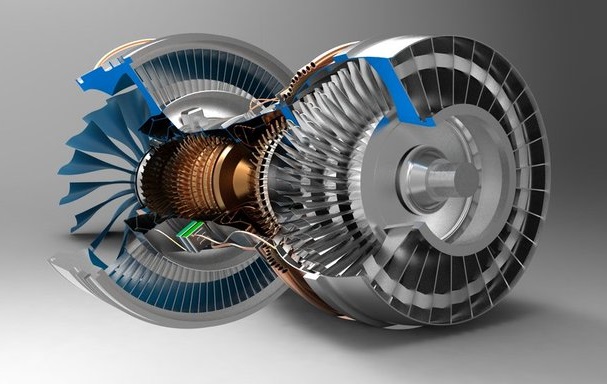
BEAMable device and system models provide a holistic information pool that enables automation of many life cycle tasks from design to commissioning and operation.
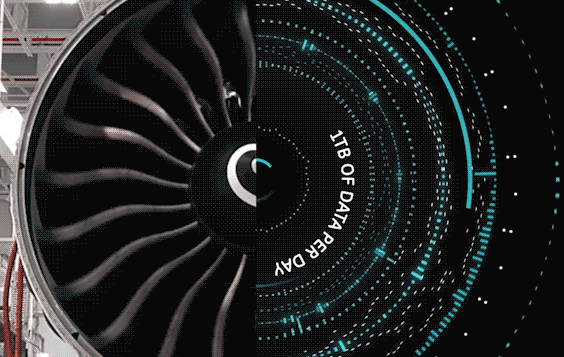
Embed BEAM RT as the device engine and the digital twin can monitor and model every part of the production process to identify where quality issues may occur.

Use digital twins to monitor equipment health from real-time sensor measurements, predict failures, and perform condition-based maintenance and repairs at the exact moment it's needed, prior to failure. BEAM Events continually refine and update system processes.
A digital twin starts with product design. Simply model a device as a product subclass based on the BEAMable Commerce Ontology. Then model its internal systems based on the BEAMable System Model. When the product is built with an embedded BEAM RT runtime, the products instances become assets with a built-in digital twin.
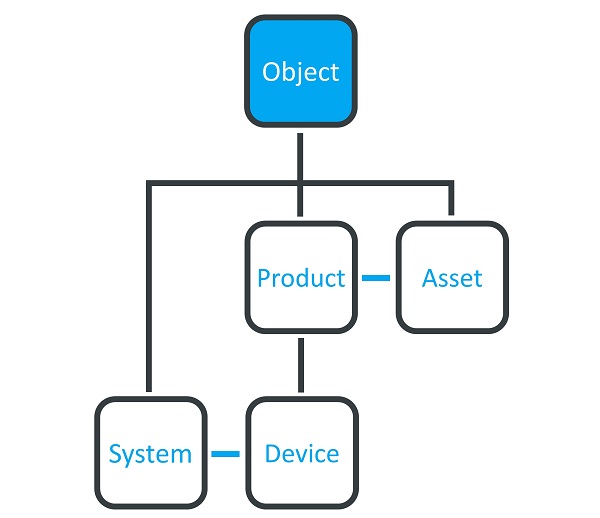
A BEAM Event is an irreducible unit for managing information. It is ideal for distributed state management supporting digital twins. This time-stamped canonical data model incorporates identifiers for asset classes, attributes, and instances, providing real-time actionable insights in a standardized format. BEAM events are also used to define and update any class of object, including BEAMable systems and models.
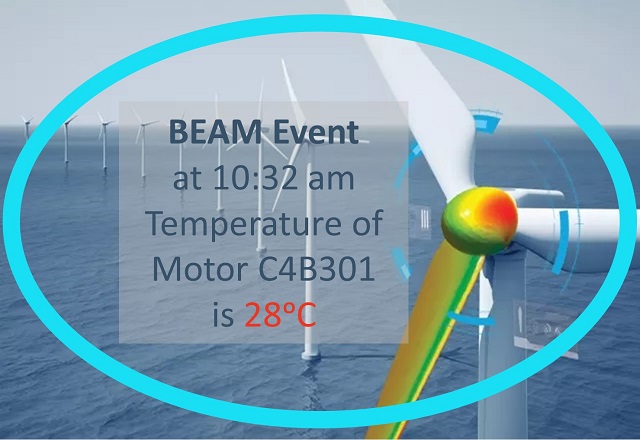
With a tiny footprint, BEAM RT™ portable runtime system provides the needed architecture for edge-to-cloud computing. The runtime supports a dynamic ecosystem of BEAMable systems for a truly interoperable and autonomous edge that simply scales. BEAM events are produced and consumed by the Runtime’s Event Processor. The Runtime is continually sensing, computing, and acting in real-time.

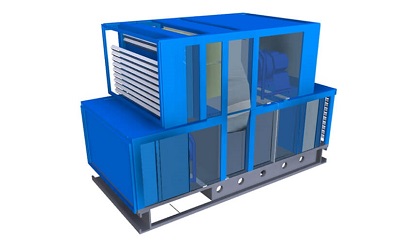
Model the internal systems of devices and equipment such as the air flow, heating and cooling systems of an Air Handling Unit for building HVAC systems. Derive a digital twin from the modeled systems to provide real-time actionable insights to optimize performance.
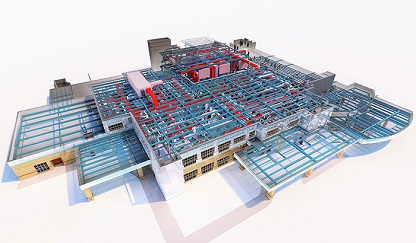
Design BEAMable systems based on a common Product Model and shared Building Ontology to unify Building Information Modeling (BIM) and Building Automation Systems (BAS). Model connections between HVAC and lighting subsystems to create a digital twin for an entire built environment that can optimize building operations and equipment maintenance.
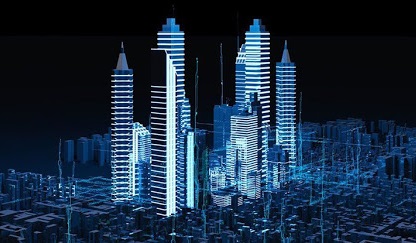
Extend BEAMable systems from buildings to mission-critical municipal systems and autonomous vehicles with real-time information exchange that improves public safety and convenience while optimizing city infrastructure. Businesses, devices, buildings, and humans modeled as BEAMable systems and subsystems can dynamically connect and interact in real-time, forming a complete, interdependent and interoperable city ecosystem.
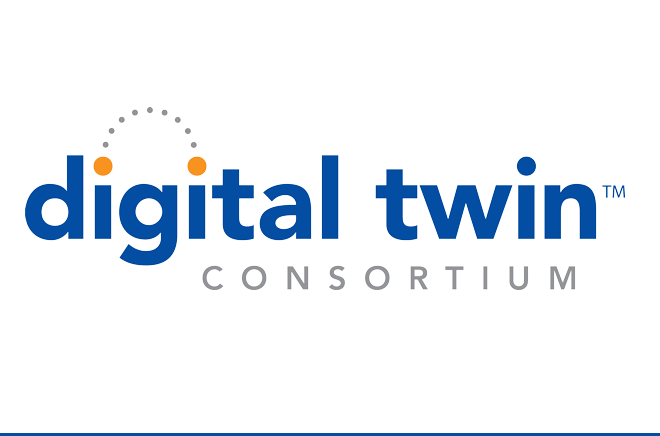
ControlBEAM is contributing thought leadership to create cross-industry digital twin reference architectures. Digital Twin Consortium™ coalesces industry, government and academia to drive consistency in vocabulary, architecture, security and interoperability of digital twin technology. It advances the use of digital twin technology from aerospace to natural resources.
Watch Video >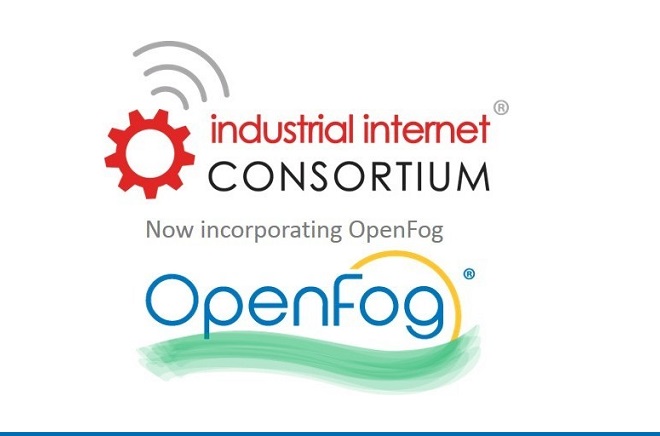
ControlBEAM is contributing its reference ontology-based, event-driven architecture to the Industrial Internet Consortium (IIC). The reference architecture aligns with IIC's Industrial Internet Architecture Framework publication and the business, usage, functional, and implementation view points discussed in IIC's IIOT Reference Architecture.
Learn More >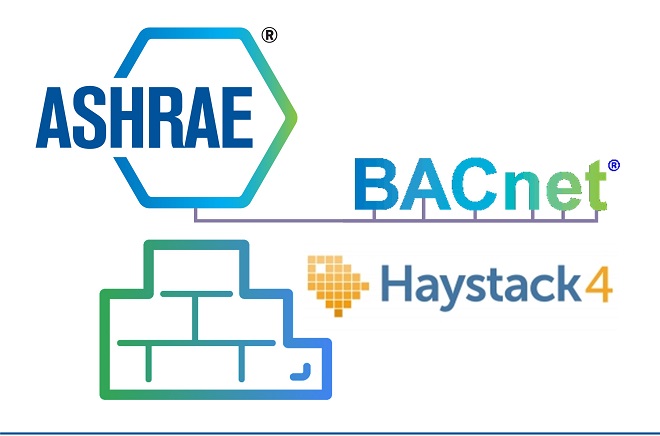
ControlBEAM is aligning building ontology concepts with Brick Schema and including semantic identifiers from Project Haystack within the BEAMable Building Ontology. The ASHRAE BACnet committee, Project Haystack and the Brick initiative are actively collaborating to integrate Haystack tagging and Brick data modeling concepts into the new proposed ASHRAE Standard 223P for semantic tagging of building data.
Learn More >